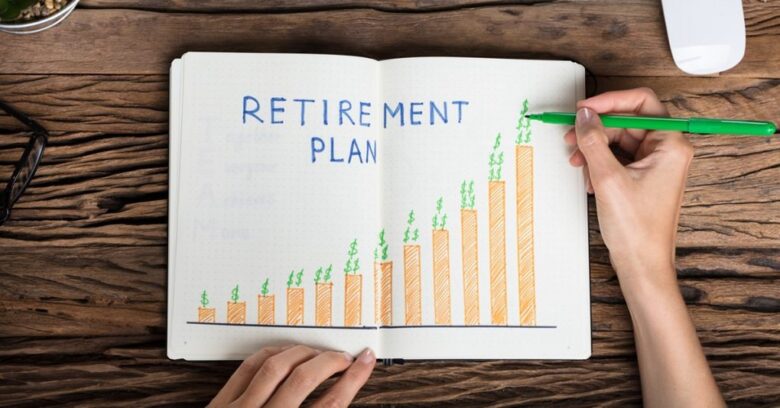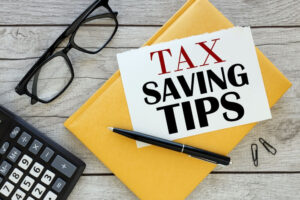Financial independence requires retirement planning, but freelancers and the self-employed often forget this. Freelancers don’t have employer pension plans and don’t have to withhold their salary. When you live independently, your financial future is your responsibility. Freelance writers, graphic designers, consultants, and small business owners, like everyone else, need retirement planning. With fluctuating incomes and a lack of job security, planning and investing for retirement in advance helps you achieve your goals. Understanding your alternatives and developing a savings plan can give you long-term peace of mind.
Why Self-Employed People Need Retirement Planning:
Freelancers and the self-employed often forget about retirement planning in favor of brand development and day-to-day work. However, without a pension, 401(k), or company pension, financial stability in old age can be precarious. Retirement planning allows you to benefit from compound interest, tax savings, and investment growth. It gives you control over your future lifestyle and the freedom to retire when you want, not when financial circumstances force you to. Proactive efforts today will ensure a secure future—free from financial stress and enjoying the freedom you’ve worked so hard for.
Discover Retirement Savings Options for Freelancers:
Freelancers can save for retirement through IRAs (traditional and Roth), SEP IRAs, Solo 401(k)s, and taxable investment accounts. Each option has its restrictions, contribution limits, and tax advantages. For example, a Roth IRA allows you to deposit tax-free now and withdraw tax-free during retirement. High-income freelancers who want to increase their contributions may consider a SEP IRA or Solo 401(k). Understanding the pros and cons of each plan will help you choose it based on your income, lifestyle, and goals. Choosing the right plan ensures stable growth and a secure retirement.
Managing Irregular Income and Retirement Savings:
Saving for retirement can be challenging for freelancers due to income instability. The key lies in budgeting and automation. Track your average monthly income and choose a realistic savings rate. Increase your retirement contributions in higher-income months to offset lower-income months. Automating contributions to your IRA or retirement account can help maintain consistency despite income fluctuations. An emergency fund can protect your savings plan from disruptions. Discipline, preparation, and dedication can build a solid retirement portfolio despite income fluctuations.
Retirement Tax Strategies for the Freelancers:
Retirement planning for freelancers involves strategic saving. Tax efficiency can increase long-term wealth. Traditional Individual Retirement Accounts (IRAs) and individual 401(k) retirement funds allow tax-deductible contributions, which lower current taxable income and postpone taxes until distributions. Freelancers can deduct health insurance and work-from-home expenses to minimize their tax burden. A tax advisor can help you maximize your tax deductions and align your retirement contributions with your tax strategy. This strategy can maximize your net savings and help you retire with confidence.
Long-Term Investment Habits for a Stable Retirement:
Retirement security depends on smart investing. By diversifying your portfolio across stocks, bonds, and mutual funds, you can reduce risk and maximize your returns. First, determine your financial goals and risk tolerance, then choose investments that align with your retirement planning. Index funds and ETFs offer low costs and stable growth. If you’re unsure where to start, consider a robo-advisor or financial planner. Investing early can maximize compound growth, helping small, consistent gains build wealth during retirement.
Psychological Benefits of Retirement Planning for the Self-Employed:
Retirement planning offers not only financial benefits but also emotional and psychological ones. Proactively planning for the future reduces stress and uncertainty. You can focus on your current work instead of worrying about “what comes next.” A retirement plan offers clarity, confidence, and control over your life. Many self-employed people value not only saving but also peace of mind.
Technology and Apps Help Freelancers Save:
Technology has made retirement planning easier than ever. Mint, YNAB, Fidelity, Vanguard, and Betterment can track savings, automate contributions, and provide investment recommendations. These tools help freelancers organize, track, and adjust their goals. Technology streamlines processes, allowing self-employed individuals to make informed decisions from their phone or computer.
Avoid These Mistakes in Freelancer Retirement Planning:
Freelancers often postpone investing for retirement, assuming they’ll catch up later. But time is your greatest ally. Underestimating retirement funds is another mistake. Inflation, healthcare, and life expectancy all need to be considered. Lack of investment diversification or savings can hinder long-term growth. Finally, dismissing professional advice can lead to missed opportunities. Avoiding these mistakes can strengthen and secure your retirement plan.
Conclusion:
Retirement planning is crucial for freelancers and the self-employed. Without benefits or a pension, you need to secure your financial future. Understanding savings options, managing unpredictable income, applying smart tax techniques, and investing consistently can make retirement possible and enjoyable. Consider taking a small step today, and you may enjoy greater freedom tomorrow. Regardless of your freelance status, now is the time to plan for retirement. A well-designed retirement plan protects your money and gives you the freedom to live your later years as you please.
FAQs:
1. What is the best retirement plan for freelancers?
A viable retirement plan depends on your income and savings goals. Roth, Traditional, SEP, and Solo 401(k) plans are common. Self-employed individuals appreciate the high contribution limits and flexibility of Solo 401(k)s.
2. How much should self-employed individuals invest for retirement?
Set aside 15% of your income for retirement. If you start later, you can save 25–30% to compensate. Use a retirement calculator to calculate your needs.
3. Can I build a retirement fund with temporary income?
Set savings goals and automatically contribute money during high-income months. An emergency fund can help you weather low-income months without affecting your retirement plans.
4. Are retirement contributions tax-deductible for self-employed individuals?
Pension contributions to traditional, SEP, and Solo 401(k) plans are tax-deductible. These deductions can lower your taxable income and save you money while you build your retirement.
5. When should self-employed individuals plan for retirement?
Start as early as possible. Compound interest can allow small contributions made in your 20s or 30s to grow over time.




